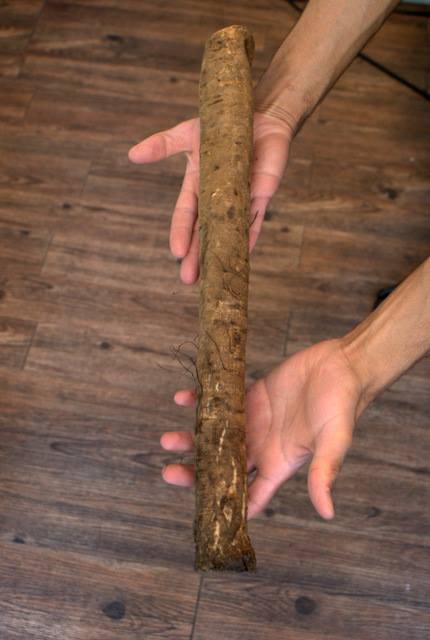Someone said to me the other day that a lot of vegans are iron deficient and suffer from anemia because they don’t eat any animal foods. This is really a load of crap.
If this is actually factual (like if there are statistics to prove this statement) then there are reasons why someone who is following a very strict plant-based diet would have low Iron levels.
For women, for example, one of the things that could be affecting their iron levels is excessive hemorrhaging during menstruation. I know from personal experience that with diet and lifestyle you can decrease the number of days you are hemorrhaging and decrease the amount of blood you’re losing during your menstruation. This happened for me on a high-raw plant-based diet and a healthy lifestyle that fosters physical activity and avoids a lot of processed foods. Follow the meal plans on RawFoodMealPlanner.com and see for yourself. Assess the change in your body over a month period. I would love to hear your results. So let me know in the comments below what your experience has been and the results you have seen after following the plans for a month.
I also have got to mention that there’s a difference between bio-available iron and inorganic iron. If you’re concerned about your iron and you decide to take supplements, you really need to be careful that the supplements you’re taking are bio-available. If they are made in a lab using chemicals, good chances are your body will not know what to do with it. That’s because what’s made in a lab is not bio-available. Whole fruits and vegetables, nuts and seeds, all the foods created by nature are bio-available. Your body recognizes the nutrients in there and can use the vitamins, minerals, enzymes, and phytonutrients that’s within that plant.
Of course, there are natural ways to increase your iron levels like including parsley, blueberries, elderberries, collard greens, mustard greens, spinach, celery, and burdock root into your diet. Most of these foods you can juice or add to your smoothie. You can add parsley to your veggie burger, spinach to your salad, add almond butter on celery as a snack, etc. There are variety of ways you can incorporate these iron rich foods into your diet to suit your pallet.
Foods that are red or green in color are also rich in iron, like cherries, beets, cayenne, goji berries, alfalfa, watercress, wheatgrass. All seaweeds are rich in iron, so foods to consume would be dulse, kelp, nori, chlorella, and spirulina. You can search for these foods in the search bar on the top right of this page to see how I use these foods in my diet.
Of course herbs are for the healing of the nation and I strongly strongly believe in herbs. They are very potent and every medication that’s out there there’s an herb equivalent that can handle the ailment, sometimes even faster than the medication. Some herbs that are really good for increasing iron are Yellow Dock Root, Mullein Leaves, Red Raspberry Leaf, and Irish Moss. There are a list of other herbs, but these are the ones I have personally used.
Talk to me. Have you had issues with low iron on your plant-based journey? Leave a comment below or contact me so we can discuss a custom meal plan for you.

Leave a Reply